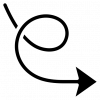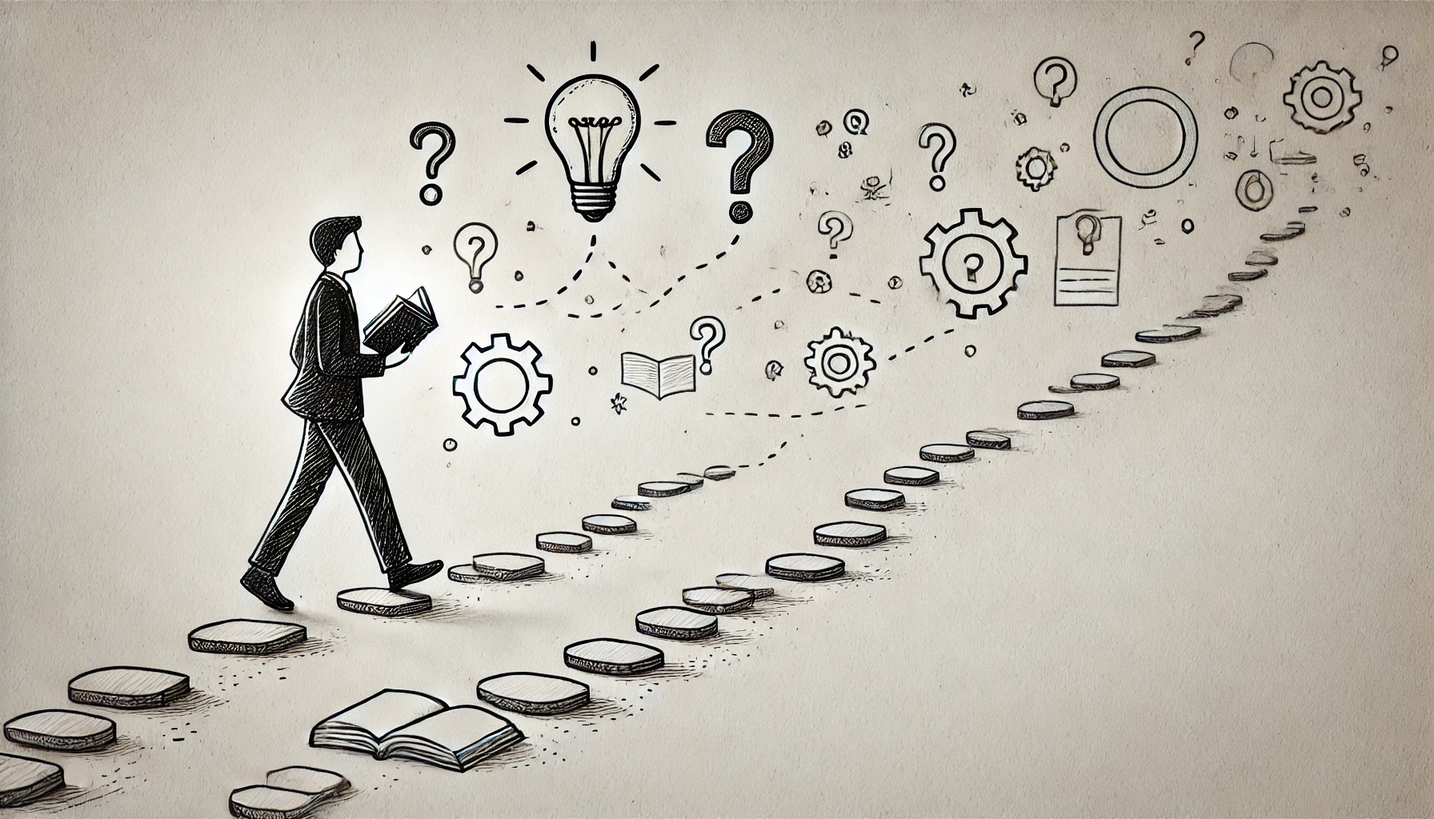The DECIDE Toolbox
What is this toolbox?
This toolbox helps you explore and apply the Circular Economy in real-world business contexts. It includes tools for identifying circular potential and for developing and validating business models. Everyone’s journey is different, so we give you the flexibility to explore and find what works for you.
👉 Want a guided path? Try our [questionnaire] to find your ideal tool sequence.
Identifying Circular Economy Potential
What does “Identify Circular Economy Potential” mean?
Circular Economy potential exists in every organization — sometimes hidden in by-products, customer needs, or outdated processes. Identifying this potential means asking the right questions:
– Where are we generating waste or unused materials?
– Could our product be reused, shared, or redesigned?
– Are we overly reliant on non-renewable inputs?
This section helps you look at your operations with circular lenses. “Look differently” miniguide:
Material Loops
Product Design
Business Model Shifts
Collaboration Potential
There is no one right way to being more circular. Therefore, circular business models can look completely differently.
Circular Transformation
Circular Diversification
Circular Start-Up
Circular Integration
Curious about what this will look like in the end?
Find out more about what Circular Economy business models can look like by browsing through our cases collection. The variety of cases covers business models from the sectors batteries, food, packaging, textile, and smart cities from all accross the Danube region.
Dive right in and learn more!
For more information on Circular Economy and how to evaluate it’s potential, feel free to walk around our Circular Economy learning path!
Know everything there is to know?
Then head over to the Value Chain Generator tab and get some insights into what else you could be doing with your waste products!
Turn ideas into action with our Circular Economy workshops.
Our workshop offerings guide you step-by-step along your circular journey, from understanding the basics to designing and refining your own circular business models. Whether you’re new to the topic or already exploring circular solutions, our regional partners offer hands-on sessions tailored to your needs.
Explore the four workshop formats below – then visit our Workshops and Events page to find available dates and partners near you.
🧭 1. Introduction to Circular Economy
New to circular economy? These sessions help you understand the basics, see real-world examples, and explore how Circular Economy can work in your sector.
🌍 2. Circular Success Stories
Learn from best practices! Get inspired by successful circular business models and see how others are making circular economy work across sectors.
🎯 3. From Ideas to Innovation
Ready to explore circular business innovations? These hands-on workshops help you generate ideas and shape them into viable business concepts.
🛠️ 4. Modelling Circular Business Models
Already have a circular idea? Learn how to model and evaluate it using practical tools to improve impact, feasibility, and sustainability.

vcg.ai helps you spot circular opportunities in your value chain.
By analyzing how materials, products, and by-products flow through your business, it uncovers ways to use renewable resources, reduce waste, and develop new circular projects. Whether you’re starting out or looking to scale your efforts, vcg.ai offers three simple paths to get inspired and take action.
Develop Products Based on Renewable Materials
Maximize the Value of By-Products and Waste
Develop Circular Projects and Investments
Depending on the goals or the challenges, the Value Chain Generator and the team behind vcg.ai can help you find
01.
Buyers of waste
and by-products
02.
LCA
analysts
03.
Solution
providers
04.
Sustainability
consultants
05.
Partners for
new projects
Ready for more?
Do you know what you want and what you have to offer?
Fill out a short survey for a free consulting call:
Not quite certain yet if this is the best next step?
Do not hesitate to fill out our [questionnaire] to guide you through the Toolbox or contact your:
Identifying opportunities for circularity and creating and validating a potential CEBM can be very challenging. A collection of reasons can be found below.
If you feel like any or multiple of these reasons have hindered you already to establish a more circular CEBM – we are here to help and this Toolbox is exactly what you need!
Develop and Validate Circular Business Models
A Business Model Canvas (BMC) is a strategic tool that visually represents the key elements of a business model, helping organizations understand how they create, deliver, and capture value. It consists of nine building blocks, including value proposition, customer segments, revenue streams, key activities, and resources, providing a structured way to analyze and innovate business strategies. The BMC is widely used for developing, refining, and comparing business models, making it especially useful for exploring Circular Economy Business Models by integrating sustainability considerations.
Business Process Models area visual tool that helps design, analyze, and communicate business processes. It enables clear representation of resource flows, waste reduction strategies, and sustainable practices, making it ideal to derive CEBMs.
Business Process Models area visual tool that helps design, analyze, and communicate business processes. It enables clear representation of resource flows, waste reduction strategies, and sustainable practices, making it ideal to derive CEBMs.


